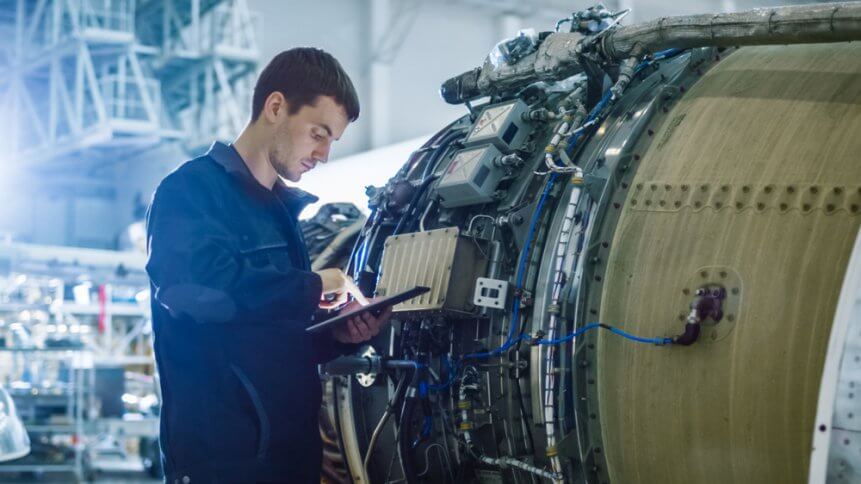
- Predictive maintenance helps factory managers to be more proactive and in control of maintenance schedules, instead of just watching and waiting for the next breakdown
In the past, businesses had to repair or replace a part (or asset) after it had broken down. Back then they required thorough examination to determine the working condition of different assets on the factory floor, so manufacturers and factory managers could only react when it became apparent a breakdown had occurred.
Reactive maintenance was problematic because it is linked with equipment breakdowns that abruptly halts activities and have the potential to lead to massive losses for the enterprise. Increased maintenance costs, shorter asset lifespans, lower safety and inefficient maintenance labor practices are all a result of reacting to the breakdown, only when it happens.
The Chemical Safety Board (CSB) identified non-existent or poor preventive maintenance programs as a recurring root cause in their incident investigations, while the manufacturing sector loses upwards of US$50 billion every year due to unplanned downtime, as per data from Asset Performance Management: Blazing a Better Path to Operational Excellence.
Meanwhile, preventative maintenance is another model whereby machine and other asset repairs could consume unnecessary resources, eat into operational costs, and effectively cripple smooth-running operations.
With a 2018 maintenance study showing the leading causes of unscheduled equipment downtime being aging equipment (44%), followed by operator error (16%), and lack of time (15%), it appears that predictive maintenance might bear the most efficiencies to maintaining business continuity and effective business processes, including from a cost and performance angle.
Preventive maintenance schedules repair and service operations at regular intervals to prevent equipment failures. In short, preventive maintenance takes the assets’ expected lifetime into account, in order to inspect and to proactively maintain them. Preventive maintenance can help alleviate unexpected downtimes and can stimulate the continuity of business operations.
Predictive maintenance’s benefits can translate to significant cost saving and increased revenue for business enterprises that manage large deployments, and it is slowly catching on as factory managers adapt to the proliferation of Industrial Internet of Things (IIoT) devices such as sensors.
Along with the deployment of Industry 4.0 technologies such as big data and artificial intelligence (AI) within the production facilities of large organizations, predictive maintenance is best-suited for examining Industry 4.0 applications.
These include deploying IIoT sensing sytems, digitalizing previously physical procedures to enhance cyber-physical systems, as well as to implement IT-based, data-driven automation, and control operations. This in turn enables a rich set of industrial applications from flexible automation and predictive maintenance, to digital twins and various supply chain management optimizations.
Industry 4.0 enterprises can collect massive volumes of digital data regarding the condition of machinery and equipment. This data collection is empowered by deploying different sensors such as vibration sensors, acoustic sensors, temperature sensors, power consumption sensors, and thermal cameras.
Data from these IoT devices will be invaluable to studying and understanding the longevity patterns of not only the machinery, but can help to decide when best to schedule for a round of predictive maintenance.









